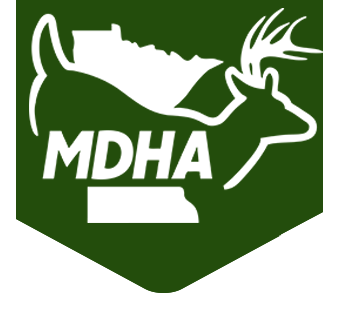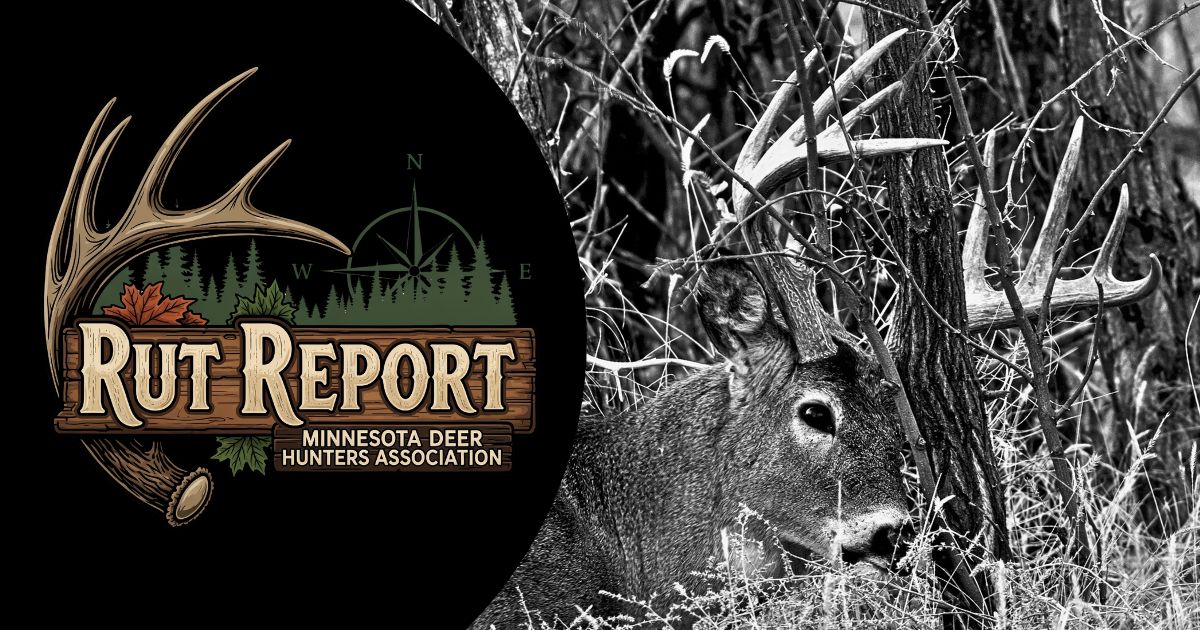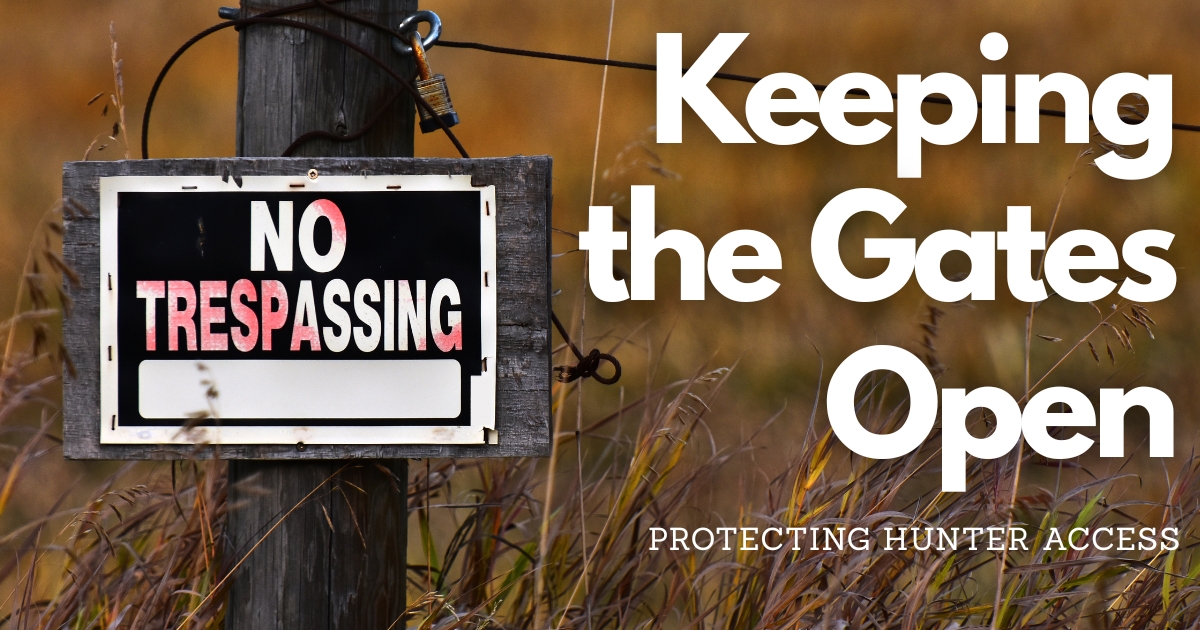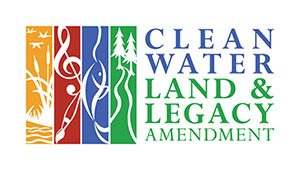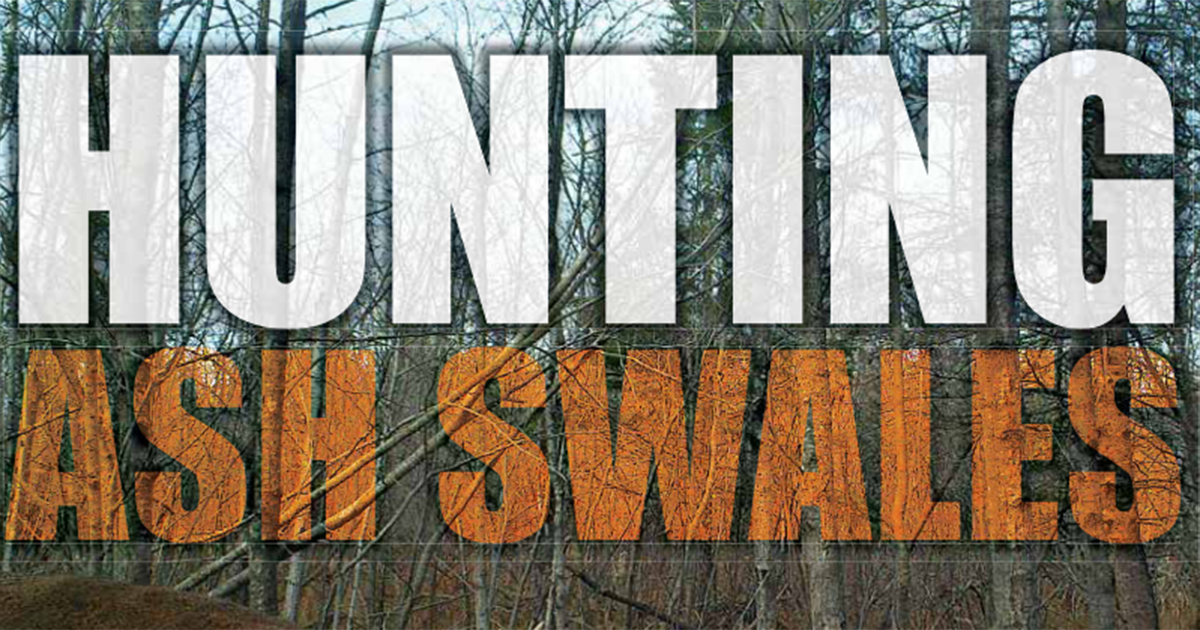
In Minnesota’s vast public land regions of the north, the prospect of connecting on a chocolate-horned bruiser buck can feel a tad daunting. The seemingly endless rugged landscape of interwoven aspen, balsam, beaver ponds, clearcuts, alders, and swampland make it difficult to even know where to begin. The northern regions of Minnesota hold fewer deer per square mile than the agriculture country so it goes without saying that it takes great effort and mettle to find success as a hunter. For many of us, this magical landscape, where wolves roam like shadows and ghosts of whipsaw loggers beckons us each fall with the visions of that dark-horned buck. Although this region intimidates many, there are ways to tip the odds in your favor this fall. One overlooked area that doesn’t get the attention it deserves is the ash swale.
Window into the Whitetail’s World
Whitetails are edge creatures. The transition zone between two large cover types has the most complex diversity of plant life and regrowth. The ash swale often times separates low land from high ground and, as a result, there is a beautiful biological collision of plants, trees, shrubs, buds, forbes and grasses that serve as the buffet line for deer that are ever serving their stomachs. Not only that, but the ash swales’ yellow grass openings provide the perfect hub for bucks to tear open saplings and rub on the highly visible trees that line the ash swale. In many cases, the high-ground side of the ash swale will have conifers with branches and needles head-high, perfect for a buck to create a primary scrape under. If you have ever scouted these ash swales at the confluence of activity in the fall, you have likely seen the destruction left behind from a swollen-necked northern forest buck. Now, not every ash swale is created equal. In the following paragraphs, I’ll explain why for the buck hunter, you need to pick the right one.
Success at the Confluence
In order for a particular ash swale to be that truly exceptional spot (you know the kind, where you can’t stop thinking about opening day) you need to first identify and understand the long-range travel needs of the deer in that area. Take a moment to start peeling back the layers on the big woods puzzle in your area. Are there young clearcuts within three quarters of a mile from the ash swale? Are there younger pine plantations intermixed with young hazel brush or hardwoods regrowth? Where have you observed doe concentrations in the past? Deer beds and droppings? Perhaps there is a distant hay field where you see does feeding throughout the summer as you drive by on the highway. You need to catalogue these spots and then fit those pieces into this puzzle. I like to think of these areas as “Doe-Zones.” Doe-Zones are any areas in the big woods where there is a higher-than-average density of antlerless deer. These doe groups are always keying in on the best available food source in your area. It’s that simple. Hay fields and young clearcut regrowth are two obvious starting points (and the most frequent things I key in on in my area). The amount of food in a young clearcut is a sight to behold as the miracle of photosynthesis and the ensuing explosion of green growth fills the void left behind by modern logging equipment. These concentrated doe areas (doe-zones) create the point A to Point B travel needs for bucks in the fall.
Now I know a lot of folks will carry on about finding acorns in the big woods, but let’s be honest with ourselves here, in northern Minnesota during the first week of November the only remaining red oak or burr oak acorns are tucked safely under a rotted log by Mr. Chisler the red squirrel. Acorns start dropping in late August and by about mid-September, the squirrels and deer have them vacuumed up like a professional cleaning crew. I wouldn’t be focusing on acorns this November…sorry for the rant, now back to ash swales.
Once you have identified these doe zones, it’s time to start looking for those ash swales and topographical features that funnel movement through them. One classic setup that repeats itself all over this magical landscape is this: picture two clear-cuts, one straight north and one straight south. In between them, there is a beaver pond or river oxbow. On the edge of that pond or river oxbow, the transition cover offers an ash swale that separates the high ground from the low ground. The beautiful thing about this setup is that the deer won’t cross through the beaver pond or river, instead, they will work their way around the obstruction and thus, the number of deer trails around the sides of those obstructions will increase. These are confluence areas that have multiple deer trails converging through one grassy opening that serve as a social hub and also the fastest means of travel for a roaming buck. When you find a location such as this that pinches down and restricts deer trails down to a bottle neck of movement, then you have successfully found a confluence of activity. In 2018 I shot a beautiful 10-point wilderness bruiser buck in northern Minnesota using this exact setup. He dressed out over 190 pounds and had intense blackish/brown antlers with light tips. He was moving from clearcut to clearcut and I caught him roaming through the ash swale that connected the two.
As another example, the ash swale might just be a winding finger of ash trees and swamp grass meandering through an ocean of popple whip regrowth in a young cutting area. In a case such as this, the ash swale acts as an easy means of travel through a thick, jackstraw clearcut. Don’t overlook these setups as many times these will have minor deer trails that continuously converge on the ash swale and ultimately create that same social hub of activity for deer. My dad hunts a setup like this and his stand is basically famous at this point for the roaming bucks that have met their match there. He calls it “The Wallow” due to the historical pattern of buck scraping and mingling of deer.
You need to find the confluence of activity
This goes with any hunting spot, but with an ash swale, the setup is one that separates the mediocre hunting spots from the electric hunting spots. In the scenario I described above, you are simply taking advantage of the buck’s travel patterns as he cycles from doe-zone to doe-zone. Point A to Point B. If you can replicate the above scenario in a golden yellow-grass ash swale, then you have just struck buck hunters gold.
Research tells us that bucks will stay with a doe approximately 72 hours while she comes into estrus, gets bred, and then cycles out of estrus (different studies show different timeframes, but it’s an average). Once that buck leaves the doe, he is immediately searching for the next. He is now on his way to the next doe-zone.
So, how do we know when we have struck this buck hunter’s gold? I start with Google Earth, Bing Maps, Google Maps, OnX Hunt, County GIS Mapping, and any aerial photography I can get my eyeballs on. It’s pretty easy to spot a young clearcut or hay field on these databases. What is not so easy to detect on these aerial photos, however, is that ash swale. I’ve found that the canopies of a mature stand of ash trees are difficult to pick out from a stand of mature popples. That’s where good old fashioned boot leather and woodsmanship come into play. To be honest, I like it this way. In our digital age of convenience, this is one deer hunting spot that hunters need to get out and explore for themselves. Get out in the wilderness with those maps in hand and verify three things:
- First, verify the doe zone. Confirm the elevated deer numbers through the beds, droppings, and tracks you see. Tracks and droppings are far too often overlooked in this day and age. They are some of the most accurate and up-to-date clues to where deer are living. Take the time to slow down and look for them.
- Second, verify the ash swale in between the two doe-zones.
- Third, verify this ash swale is buck hunters’ gold. You will know it when you find it by the convergence of deer trails coming into the yellow grass connecting the doe-zones.
You will see the features that push the confluence of activity into this stretch of cover. In most cases, you will see old scrapes from prior years and also old rubs from the past. These openings are buck-sign magnets. If you confirm all three things, take a moment to bask in the beauty and then pick out the tree you want to hang a stand in. Don’t forget to plan a tidy access route so that you T-bone the deer trails as you enter your stand. In these areas I’ll use an existing perennial scrape (if there is one) or if there isn’t, I’ll rip open a new mock scrape myself and place it within a comfortable shot distance of my tree stand. Make sure if you are creating a new mock scrape that you place it on or close to a used deer trail.
No Need to Fight Mother Nature
As an added side benefit, ash swales are a natural opening that takes very little shooting lane maintenance. This is especially important for the northwoods hunter as the amount of stand maintenance this land requires can overwhelm an honest man or woman who works full time and takes care of a family at home.
In Closing
The tactics and scenarios I described here have led our hunting camp to years of success. Ash swales are the window into the whitetail world that reveals the movements of these revered animals. I hope you can utilize some of the information provided here to give you that edge in your hunting camp this fall. For those brave souls venturing into the wilderness of northern Minnesota this fall, I hope you are rewarded with adventure that you have to see firsthand to understand; the kind that you can’t get through a smart phone or TV screen. In this area, we are after so much more than an antler score. We are after a wilderness experience and fulfillment that cannot be found anywhere other than this lonely, mystical landscape.
